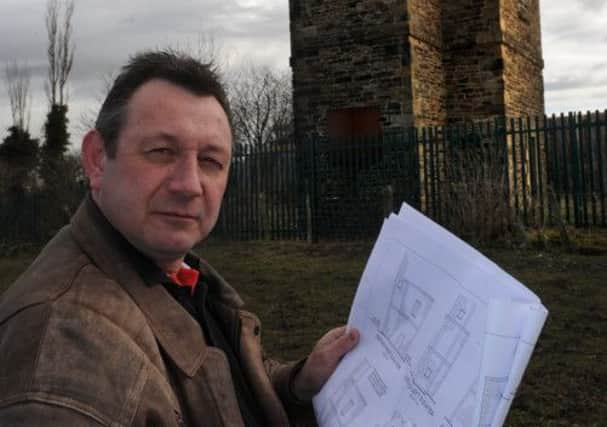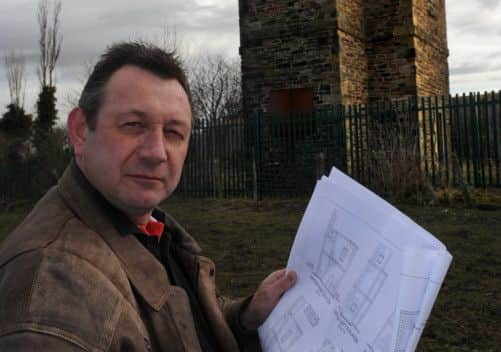Video: Saving a Barnsley landmark for the nation


But decades of neglect mean that while the Grade II listed building still dominates the skyline, the structure reflects only a shadow of its original prestige as a hunting lodge for the aristocracy and their guests, with its walls now in such a state that every time bad weather strikes, the building crumbles a little further.
Two key decisions mean the future of the lodge may finally be secured, however.
Advertisement
Hide AdAdvertisement
Hide AdPlanning permission has been granted to stabilise what remains of the building, a two storey stone structure with a higher turret that provided a viewing platform, and English Heritage has also given its approval for the work.


That means that by the end of the year the stonework should have been restored and a roof installed to protect the interior from the elements.
The work is due to the success of a neighbourhood campaign which began long before David Cameron had uttered the expression ‘big society’.
The Stand was constructed on the orders of Thomas Watson Wentworth, the 1st Marquess of Rockingham in the years before his death in 1750, to serve as a hunting lodge but its highly visible position meant it also became a landmark
Advertisement
Hide AdAdvertisement
Hide AdVirtually nothing is recorded about its middle life, however, but by the early 20th Century it had been converted into a house but became vacant from 1930.
In the decades which followed it was owned by the Dearne Valley Water Board, Hoyland Urban District Council and more recently Barnsley Council.
The building’s relatively remote site means it has drawn the attention of vandals and some years ago the bottom of a stone staircase which allowed access to the second floor and a turret above was knocked out on safety grounds.
By 2007 Barnsley Council was ready to sell the remains and it was listed for auction, but a ‘friends of’ group was formed and gathered a petition with enough names to persuade the council to change its mind.
Advertisement
Hide AdAdvertisement
Hide AdYears of hard work and fund raising followed and the Hoyland Lowe Stand Trust has now raised enough money to start the restoration work and is hoping to secure grants for further improvements which would put the building in a condition to be opened up to visitors.
The most expensive element is likely to be a metal internal staircase to replace stone steps which were knocked out as a safety measure many years ago after intruders broke into the building.
Replacing them with stonework would involve dismantling part of the building and that is not a viable option, so instead a metal staircase is planned which will link into the original stone steps.
Although the progress is regarded as a success, the scheme has been hit by austerity measures and earlier plans which would have involved a more detailed renovation and the construction of a visitor centre were scrapped, the group re-formed and a more readily achievable target of getting building ready to accept visitors was set.
Advertisement
Hide AdAdvertisement
Hide AdSecretary Steve Sylvester said: “This is the first stage and it will stabilise the building and make sure there is no further deterioration, which is important.
“It is 610 feet above sea level so it gets some bad weather and every time that happens a little bit more falls from the tower.
“The good news is that we know it is still structurally sound overall, so when we get a roof on it will be weather tight.”
Although the restoration will be closely monitored by English Heritage, it is hoped that modern techniques will help to keep the building costs under control.
Advertisement
Hide AdAdvertisement
Hide AdInternally the recesses used in the construction of the floors still exist, though with no knowledge of the building’s original interior the reconstruction will be based on what is known of buildings from that era, a technique acceptable to English Heritage.
“The good thing is that this work will make the building stronger, by tying it all together,” said Mr Sylvester.
“There has been a lot of work done over the years but we want to get into a position where we can start to open it up at weekends, like Hoober Stand,” he said.